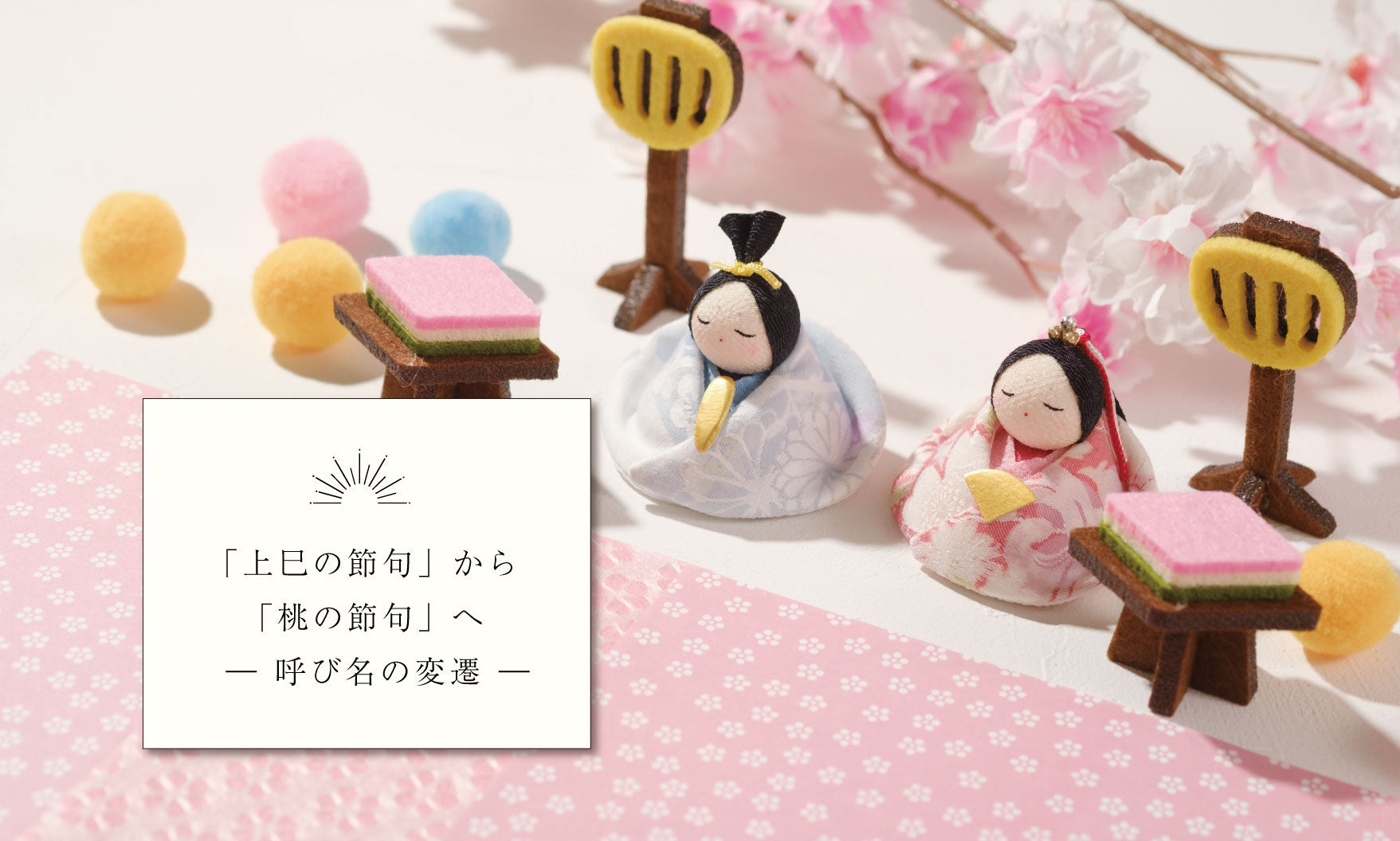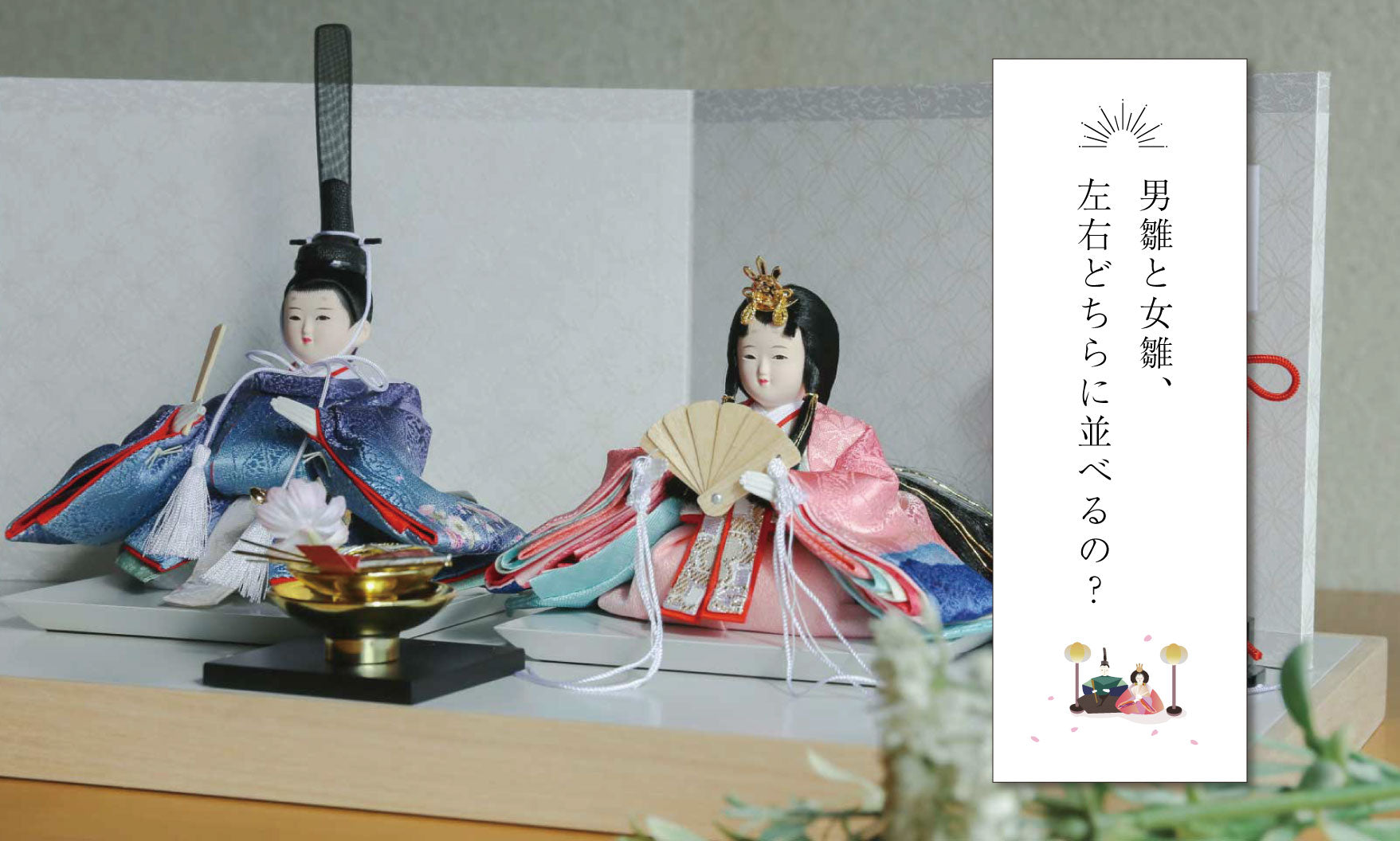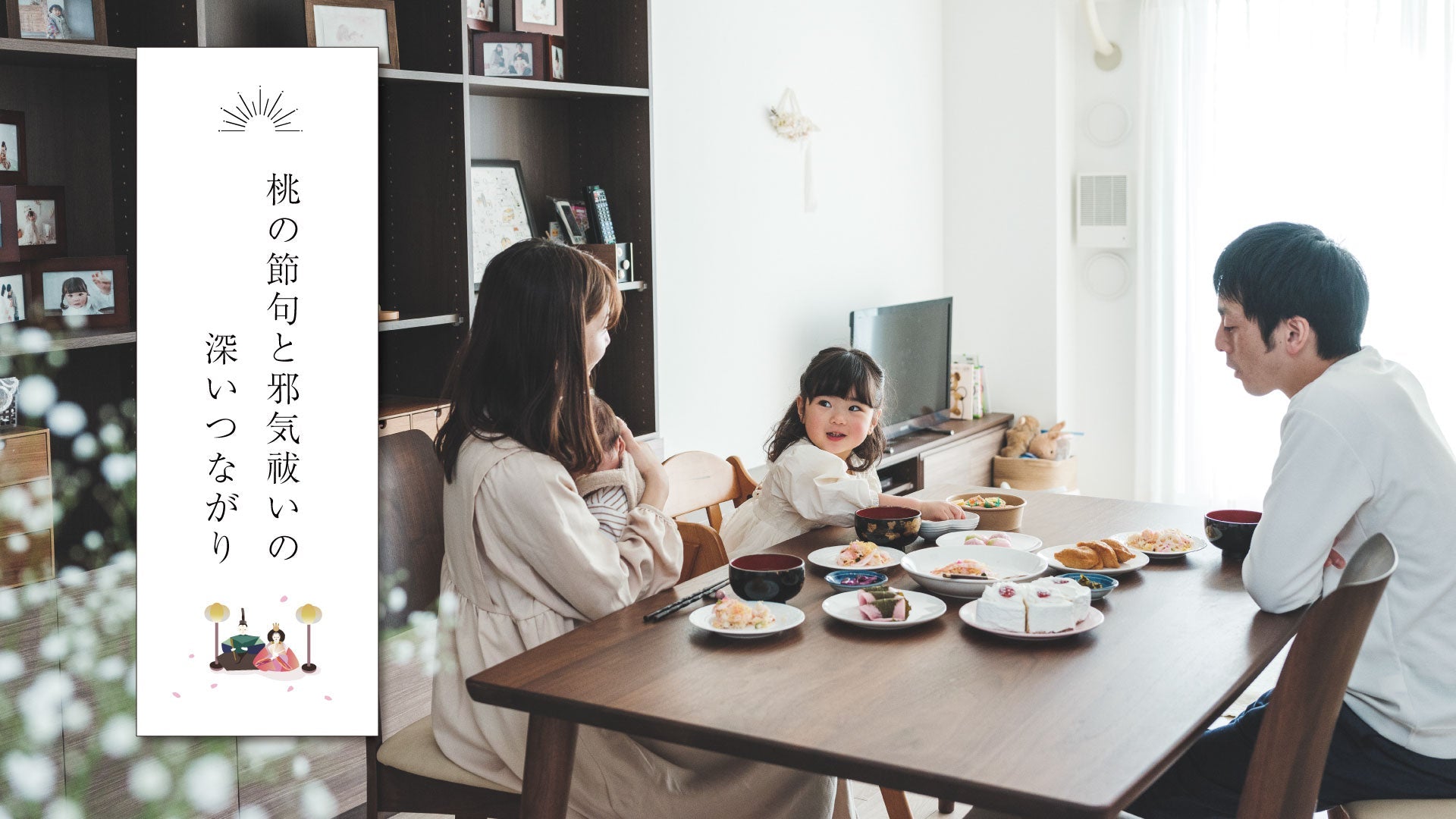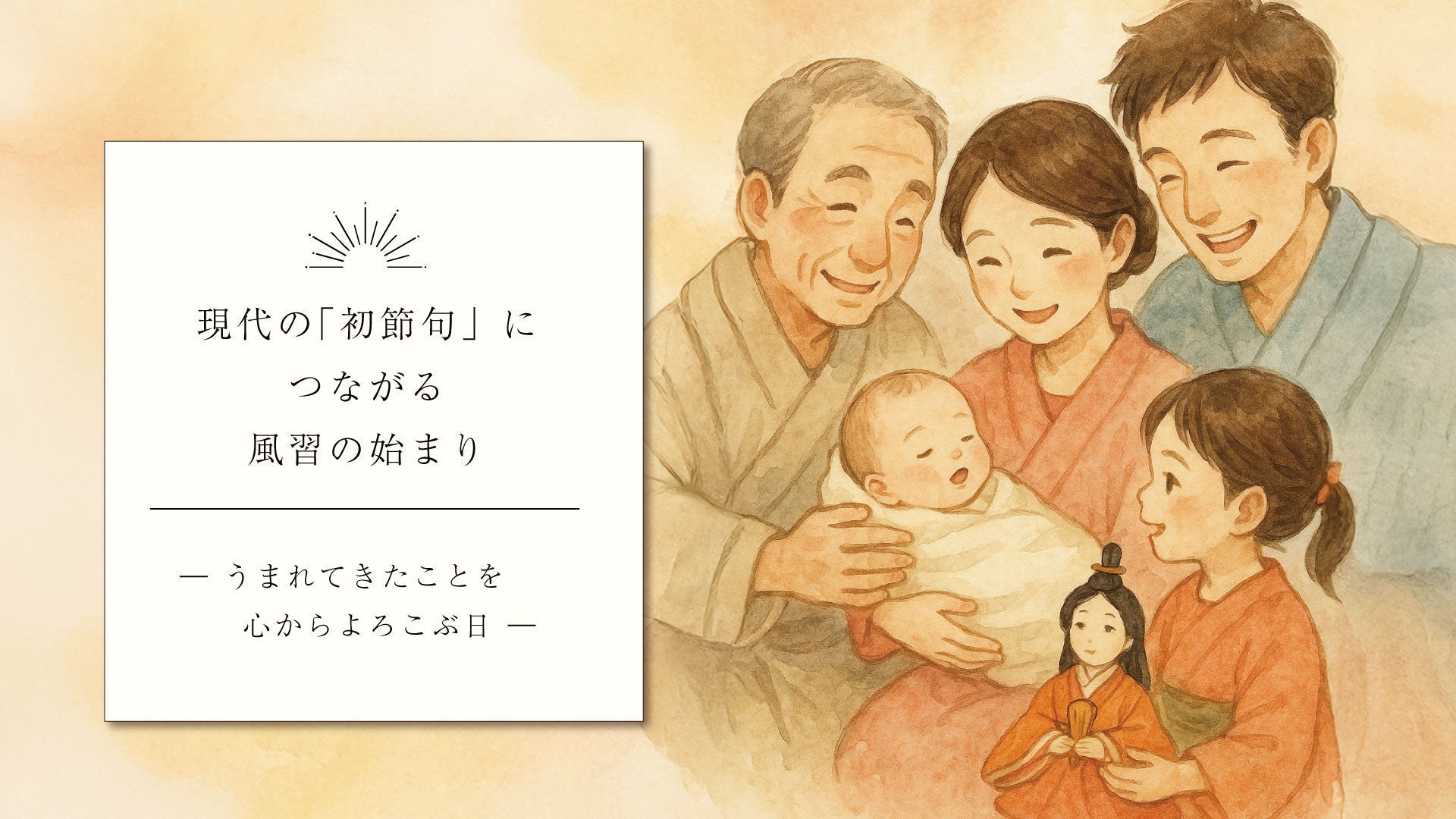A gorgeously decorated tiered display and a warm, celebratory meal to pray for the healthy growth of a girl.
It was during the Edo period that the "Girls' Festival" that we are familiar with today took shape and became a part of everyday life.
Until then, the culture of Hina dolls had been passed down quietly among aristocrats and samurai, but it blossomed into an annual event for the common people along with the townspeople's culture of Edo.
■ One of the "Five Seasonal Festivals" established by the Edo Shogunate

At the beginning of the Edo period, the shogunate officially designated important days marking turning points throughout the year as the "Five Seasonal Festivals."
One of these is the Joshi/Joumi festival on March 3rd.
The custom of displaying Hina dolls on this day became popular as an event to ward off evil and pray for the health of girls.
Originally, Hinamatsuri was a court event and a custom among the upper class.
As it became an "annual event officially recognized by the shogunate," it gradually spread into the lives of ordinary people . 
■ Hina dolls were loved by the Ooku and samurai families
The Doll's Festival was especially important to the women of the samurai class.
It is said that in the "Ooku" of Edo Castle, where the Shogun lived, beautiful and extravagant Hina dolls were displayed in hopes of protecting young girls from illness and good health.
Additionally, Hina dolls were highly valued as part of a bride's dowry to feudal lords, and were also a symbol of the family's status.
The Hina dolls, which were carefully preserved and passed down from generation to generation, were like treasures that connected the family together.

■ The joy of decorating spreads along with townspeople's culture
For ordinary people living in the city of Edo, Hina Matsuri became an annual event to look forward to.
As doll-making techniques improved, luxurious Hina doll accessories and craftsmanship began to appear one after another.
Parents worked hard to prepare a once-in-a-lifetime Hina doll to celebrate their daughter's "Hatsu-sekku."
The custom of displaying lavish Hina dolls in front of shops, known as "Sekkumise," also spread throughout the city of Edo.
This was a kind of "unveiling," and people passing by would stop to enjoy its beauty, making it a part of everyday life and a sign of the spring season .

■ As a "first celebration" for girls
Around this time, the custom of "Hatsuzekku" - a celebration of a girl's first birthday on March 3rd by the whole family - also became established.
The meal is prepared, the bride and groom dressed in kimonos, the dolls put on the display, and then shown off to relatives and neighbors.
It was filled with sincere love and prayers such as, "Thank you for being born safely," and "I hope you continue to grow up healthy."
For the people of Edo, Hinamatsuri was not just a simple event, but a turning point when families warmly watched over the lives and futures of young girls .

■ The era when Hinamatsuri took root as a "culture"
Thus, throughout the Edo period, Hina dolls evolved to become more luxurious, more elaborate and more diverse.
The craftsmanship and aesthetic sense of the artisan was infused into the facial expressions, costumes, and intricate craftsmanship of the dolls' accessories, and in the mid-Edo period, a style known as "tiered display" finally appeared.
Savor the seasons, realize your wishes, and enjoy beauty in your daily life.
It can be said that the Edo period was the time when Hinamatsuri grew from an event into a culture .







